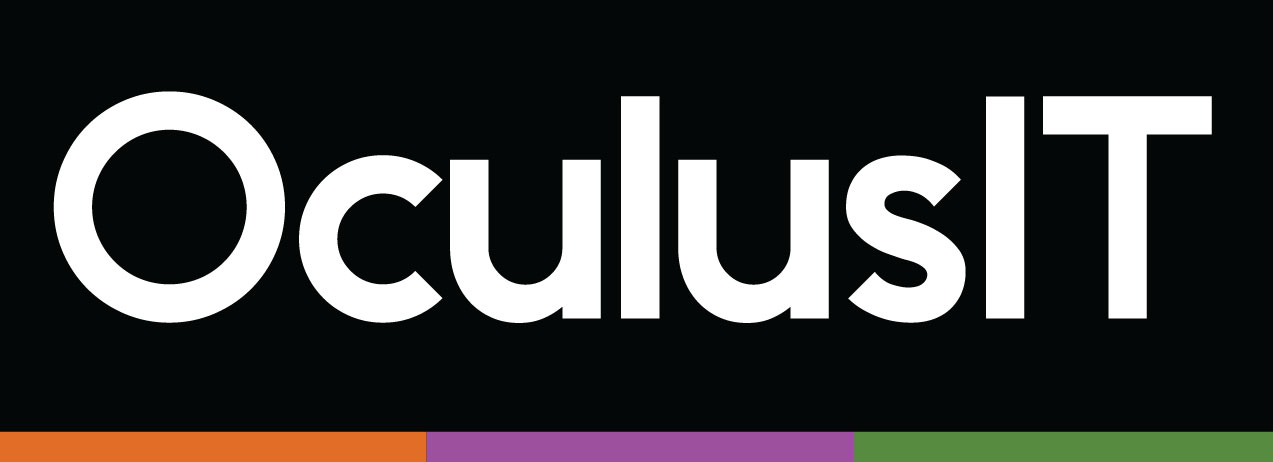
The Cost of Data Breaches in Higher Education and How to Mitigate Them
May 22, 2024
In the digital age, higher education institutions are treasure troves of sensitive information, making them prime targets for cybercriminals. The cost of data breaches in higher education is multifaceted, encompassing financial losses, reputational damage, and legal repercussions. Understanding these costs and implementing effective mitigation strategies is crucial for safeguarding academic institutions.
Financial Impact
The immediate financial impact of a data breach in higher education can be staggering. According to a 2021 report by IBM and the Ponemon Institute, the average cost of a data breach in the education sector is $3.79 million. These costs arise from several areas, including:
- Detection and Escalation: Identifying a breach and determining its scope can be resource-intensive, requiring significant investment in IT personnel and forensic analysis.
- Notification Costs: Institutions must inform affected individuals, which can involve substantial mailing and communication expenses.
- Post-Breach Response: This includes credit monitoring services for affected individuals, legal fees, and potential regulatory fines.
- Operational Downtime: Breaches often disrupt normal operations, leading to lost productivity and additional recovery costs.
Reputational Damage
Beyond direct financial losses, the reputational damage from a data breach can have long-term consequences. Trust is a cornerstone of the academic environment, and a breach can erode this trust among students, faculty, and the broader community. Prospective students and faculty may choose other institutions perceived as more secure, leading to decreased enrollment and difficulty in attracting top talent.
Legal and Regulatory Consequences
Higher education institutions are subject to various data protection regulations, such as the Family Educational Rights and Privacy Act (FERPA) in the United States and the General Data Protection Regulation (GDPR) in Europe. A data breach can trigger investigations and lead to hefty fines if institutions are found non-compliant. Legal fees and settlements from potential lawsuits can further escalate costs.
Mitigation Strategies
Given the severe implications of data breaches, higher education institutions must adopt comprehensive strategies to mitigate risks. Here are some essential steps:
- Robust Security Infrastructure: Implement advanced cybersecurity measures, including firewalls, intrusion detection systems, and encryption. Regularly update software to protect against known vulnerabilities.
- Incident Response Plan: Develop and maintain a detailed incident response plan. This plan should outline the steps to take immediately following a breach, including containment, eradication, recovery, and communication procedures.
- Regular Training and Awareness Programs: Educate staff and students about cybersecurity best practices. Regular training sessions can help individuals recognize phishing attempts and other common attack vectors.
- Access Controls and Monitoring: Implement strict access controls to ensure that only authorized personnel can access sensitive information. Continuous monitoring can help detect unusual activity early, allowing for swift action.
- Data Backup and Recovery: Regularly back up data and ensure that recovery processes are tested and effective. In the event of a ransomware attack, having reliable backups can prevent data loss and reduce downtime.
- Third-Party Risk Management: Many breaches occur through third-party vendors. Conduct thorough risk assessments of all third-party partners and ensure they adhere to stringent security standards.
- Cyber Insurance: Consider investing in cyber insurance to help cover the costs associated with a data breach. While it doesn’t prevent breaches, it can mitigate the financial impact.
Conclusion
The cost of data breaches in higher education is significant, affecting financial stability, reputation, and regulatory compliance. By implementing robust security measures, developing a comprehensive incident response plan, and fostering a culture of cybersecurity awareness, institutions can significantly reduce their risk and safeguard their vital information. Proactive measures today can prevent devastating consequences tomorrow, ensuring the continued trust and safety of the academic community.
Don’t wait for a cyberattack to compromise your institution’s integrity. Partner with OculusIT for comprehensive managed security services tailored to the unique needs of higher education. Our expert team will help you fortify your defenses, develop an effective incident response plan, and ensure compliance with all relevant regulations. Contact us today!
Recent Articles
























